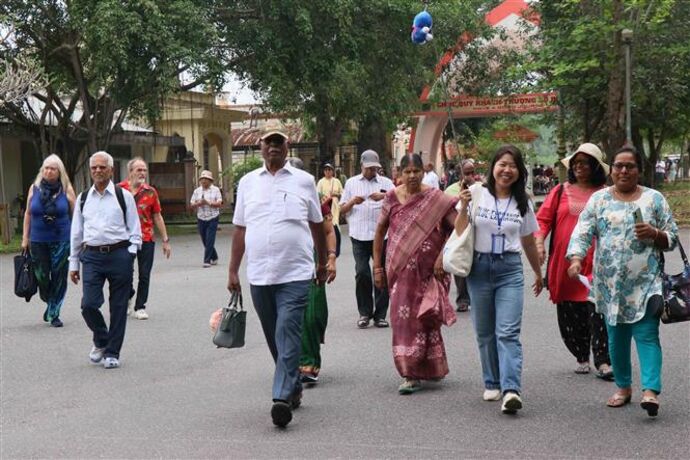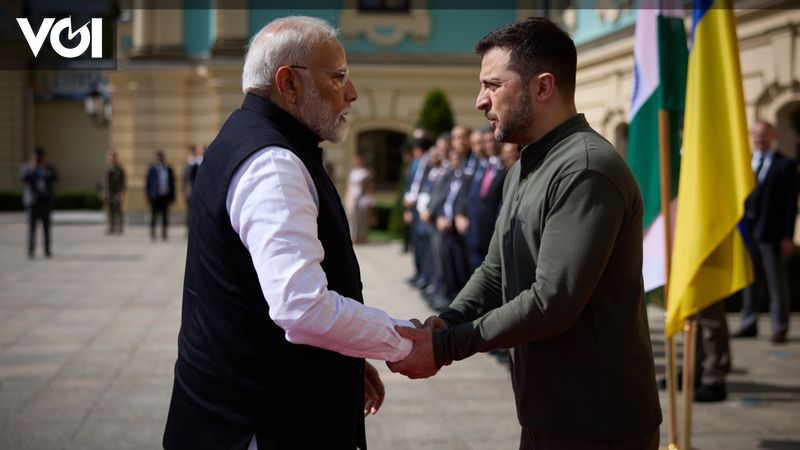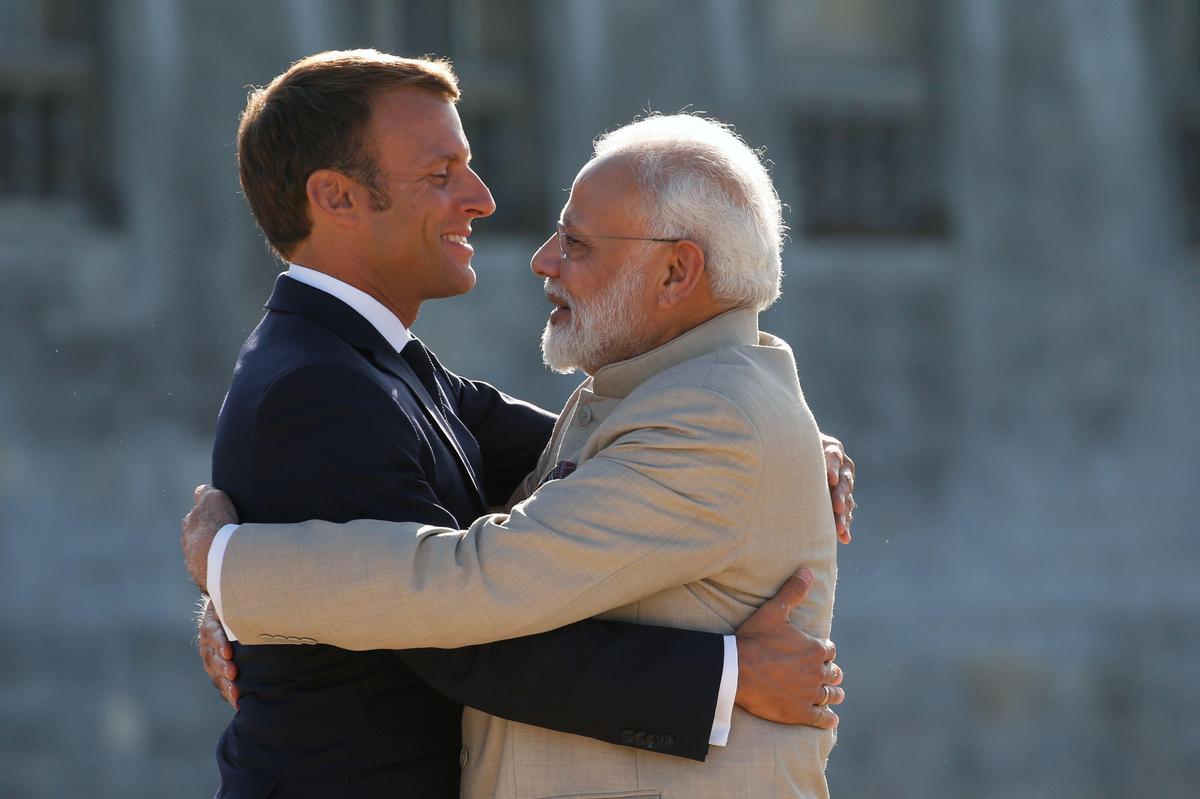Narendra Modi has never held a press conference since his election in 2014. He has never given a proper interview. India’s prime minister avoids the microphone, primarily out of fear of being questioned about his responsibility in the 2002 pogrom in Gujarat, the state he presides over. This dramatic event, which killed 2,000 people in a Muslim community ravaged by Hindus, prompted the United States to revoke his visa starting in 2005.
Thursday, June 22, in Washington, where he was on an official state visit, Narendra Modi agreed, under pressure from the White House, to answer two questions during a press conference. As expected, the Prime Minister was asked about the fate of religious minorities in India. “India has long prided itself on being the world’s largest democracy, but many human rights groups say your government has discriminated against religious minorities and is trying to silence its critics. (…) What steps are you and your government prepared to take to enhance the rights of Muslims and other minorities in your country and to defend freedom of expression? », asked a reporter from Wall Street Journal.
The agreed response and the impossibility of relaunching it showed the limits of the exercise. “In India’s democratic values, there is absolutely no discrimination based on caste, creed, age or geographic location, Answer Modi. Close ban. The second, less controversial question, posed by an Indian journalist, relates to climate.
Supremacist ideology
Joe Biden, who received the Indian leader with great pomp, assured that he did “good discussion about democratic values” and underscores the democratic character of India. Yet India’s democracy is deeply undermined, as underlined by in the stands, New York Time, Maya Jasanoff, professor of history at Harvard. The author believes that Narendra Modi “leads the nation’s biggest assault on democracy, civil society and minority rights in at least forty years. »
Since coming to power, Narendra Modi, from a large family of Hindu nationalists, on the far right of the political spectrum, has implemented a supremacist ideology, called “Hindutva” which sees India as a Hindu country where adherents of other religions, Muslims (200 million Indians) and Christians ( 35 million Indians) are foreigners. Many national or regional decisions have been taken in this direction: the citizenship law that exempted Muslim migrants from naturalization, the census in Assam that stripped more than one million Muslims of Indian citizenship, measures to ban interfaith marriages, revision of school textbooks and rewriting history to erase the legacy of the Mughal emperors. For the first time in its history, Narendra Modi’s Bharatiya Janata Party no longer has elected Muslims.
You have 10.45% of this article left to read. The following is for subscribers only.

“Twitter junkie. Hipster-friendly bacon expert. Beer ninja. Reader. Communicator. Explorer. Passionate alcohol geek.”







